Sourced from Fincyte
Creating a content marketing strategy for your eCommerce business isn’t always easy, but you need to have one if you want to succeed.
Content marketing provides a way to differentiate your business from the competition and show that you offer something unique to consumers.
It’s a great way to build rapport with customers, improve rankings, humanize your brand and take your ecommerce business to the next level.
10 Best Content Marketing Ideas
Here are ten ideas for creating a solid content marketing strategy.
1# Set your goals
SMART goals are specific, measurable, attainable, relevant, and time-bound. You need absolute clarity about what you want to achieve with your content and how you will go about promoting it. Do you want to generate leads, promote your brand, or build a community?
If you don’t have a clear goal, you can’t focus your content and it will be difficult to know where to promote it.
If you want to create a simple marketing calendar including details such as topic, content details, keywords and target persona, Hubspot offers some free Microsoft Excel templates for this purpose.
2# Know who you’re writing for
A top priority for 73% of content creators is to create more engaging content. The only way to do this is to get to grips with who your customers are and what they are really interested in.
You need to create a customer persona from data which you can obtain in many different ways such as surveys, telephone and face-to-face interviews.
Building up a comprehensive persona gives you the power to write directly to a person. At the very least, you need to make sure you know the age ranges, gender breakdown, geographic location and purchasing power of your target audience.
3# Identify content that resonates with your audience
It’s no use writing content if it doesn’t resonate with your audience. If you’re writing for an audience of sophisticated, fashionable woman, how-to articles revealing style tips would be a good fit.
If you’re writing for millennials, entertaining content full of gifs would be more appropriate. There are endless types of content and topics and you need to focus on what your audience will read because it offers value to them.
4# Produce consistent, high-quality content
It is better to create fewer high-quality posts than huge volumes of lackluster content. Make sure your headlines are arresting – don’t over-sensationalize but try to capture the attention of your audience.
Always include pictures because humans process images much faster than text. A good mix of content includes videos, infographics, images and text.
Everything you publish should be well-researched – always check your facts and never make promises you can’t deliver on. If you don’t produce content on a regular basis, you will lose out on traffic and if necessary, use the help of freelance content creators.
If you are managing the marketing for your business and also studying part-time or if you are a full-time student, it’s better to take help from a dissertation service or an essay writing service for your writing requirements for thesis, dissertation and college essays.
This will allow you to have more free time and focus equally well on college work and the website or the brand that you are working on for content marketing. The essay writers service helps you choose the best best paper writing service reviews for your writing needs. Specialized my assignmenthelp offer you quality work in less time.
5# Use the right marketing channels
Spend time creating practical, credible, entertaining content and then spend more time distributing it through the right channels.
This may sound daunting but here are some ideas for a content distribution strategy.
- Post your content on your social media channels.
- Reach out to communities or forums that may be interested in your content.
- Send emails to your current customers with links to your latest content.
- Let influencers know if you mentioned them in a blog post.
- Syndicate your content piece on large news sites.
- Transform your content into another type of content and publish it on a different platform.
6# Make your content actionable
You need to make sure that people are able to act on what you put out. Pull people in by promising to fix their pain or add value to their lives. Provide them with solid, evidence-based information and you will earn their trust. Once you have earned their trust, they will be ready to take the action you suggest.
If your content is not producing sales for your business, it is failing in its purpose. You need to use calls to action – they won’t be obnoxious or annoying to your customers if you’ve already built trust and they will bring results. Put your calls-to-action in optimized, strategic positions, run A/B tests on them, and invite users to buy your products.
7# Appeal to the emotions
Your content will have more impact if you can appeal to the emotions of your audience. The brands that tend to thrive are those who are adept at eliciting the right emotions. They know how to evoke awe, laughter, amusement, or joy. Using images and stories is a great way to elicit emotion.
Images of faces and certain colors can help to make your audience feel a specific emotion. Why not identify a specific color that’s tied to a certain emotion and incorporate it in your content. For example, if you have a romantic post about Valentine’s Day gifts, incorporate the color pink.
8# Improve your conversion funnel
You may know how to produce high-quality content, but you may not understand how to turn it into sales. Your conversion funnel is the path a customer takes from being a first-time visitor to an actual customer.
You should be able to define the main channels a customer passes through, such as visiting your site, becoming an email subscriber, visiting your sales pages and becoming a customer.
You can use analytics to find out if you have an effective conversion funnel. If no-one is buying your products, it could mean that your product doesn’t meet the needs of your audience – either you have the wrong product or the wrong audience.
9# Don’t overlook search engine optimization (SEO)
Search Engine Optimization has evolved over the past ten years and SEO experts use many different best practices to earn ranking. SEO is complex and you might not want to go into all the intricacies.
However, it doesn’t hurt to at least research targeted keywords and learn how to use some basic website optimization to improve your rankings. There are many resources available to help you test your site’s SEO health over time, such as SEMrush.
10# Use influencer content marketing
Consumers are becoming blind to advertisements and you need to incorporate different strategies to appeal to them.
Aligning with an “influencer” or someone who has a large following and credibility in a certain niche enables co-creation of content that will build awareness and drive sales.
Using social media influencers helps to generate measurable results when they subtly promote your brand.
Conclusion
What is of primary importance is to create quality content and then do whatever you can to share and promote it. You don’t have to worry about all the more complex aspects until you have mastered the basics.
By putting these ideas into practice, you will be able to make sure your content marketing is focused and brings you better results.
Author Bio:Sharon is marketing specialist in essay writer service and writer from Manchester, UK. When she has a minute, she loves to share a few of her thoughts about marketing, writing and blogging with you. Currently, she is working as a marketer at BestEssay. You could follow Sharon on Facebook.



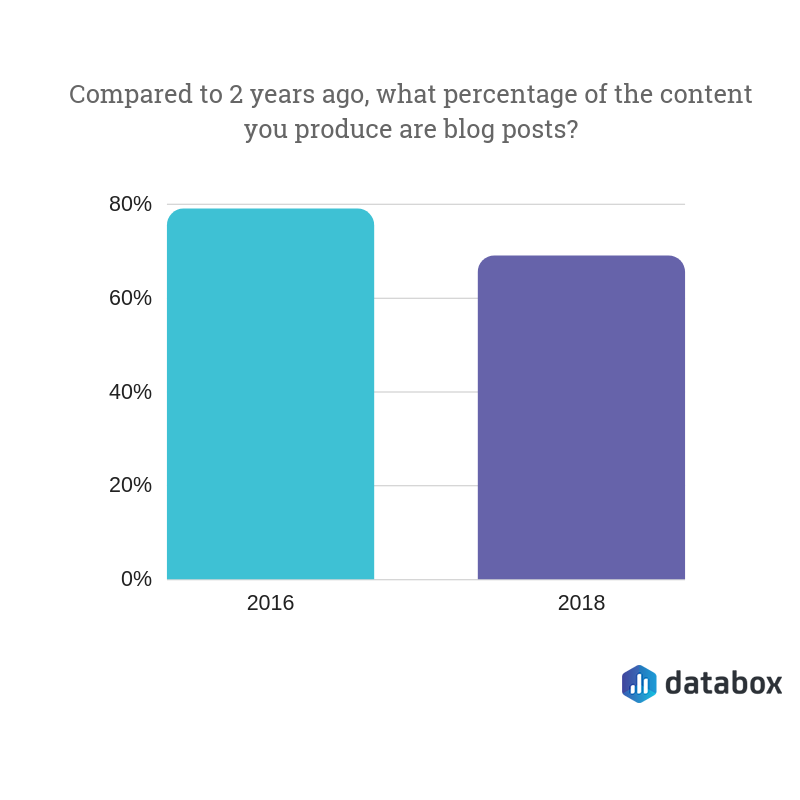

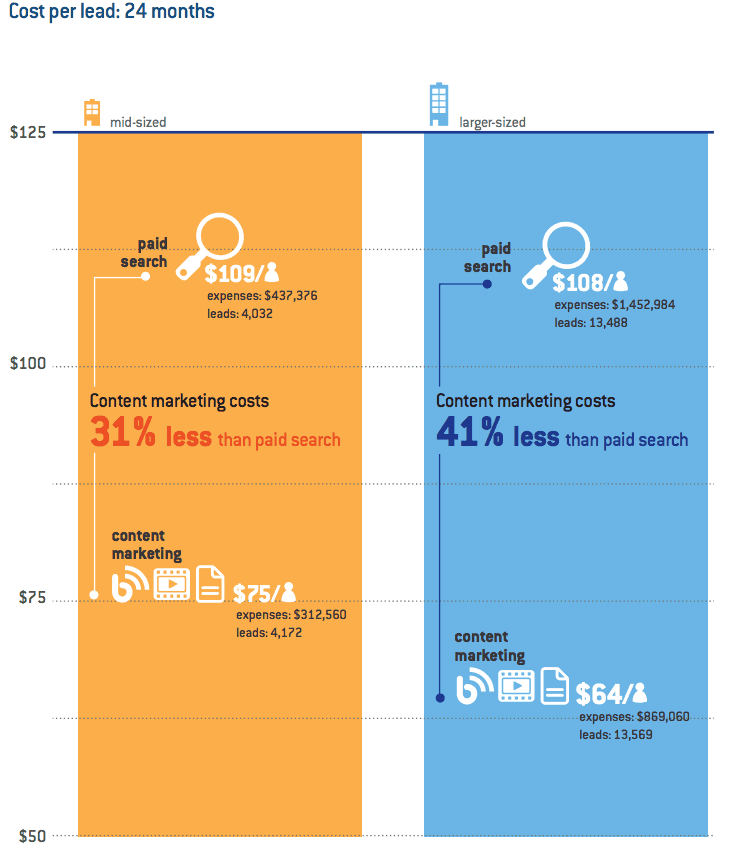
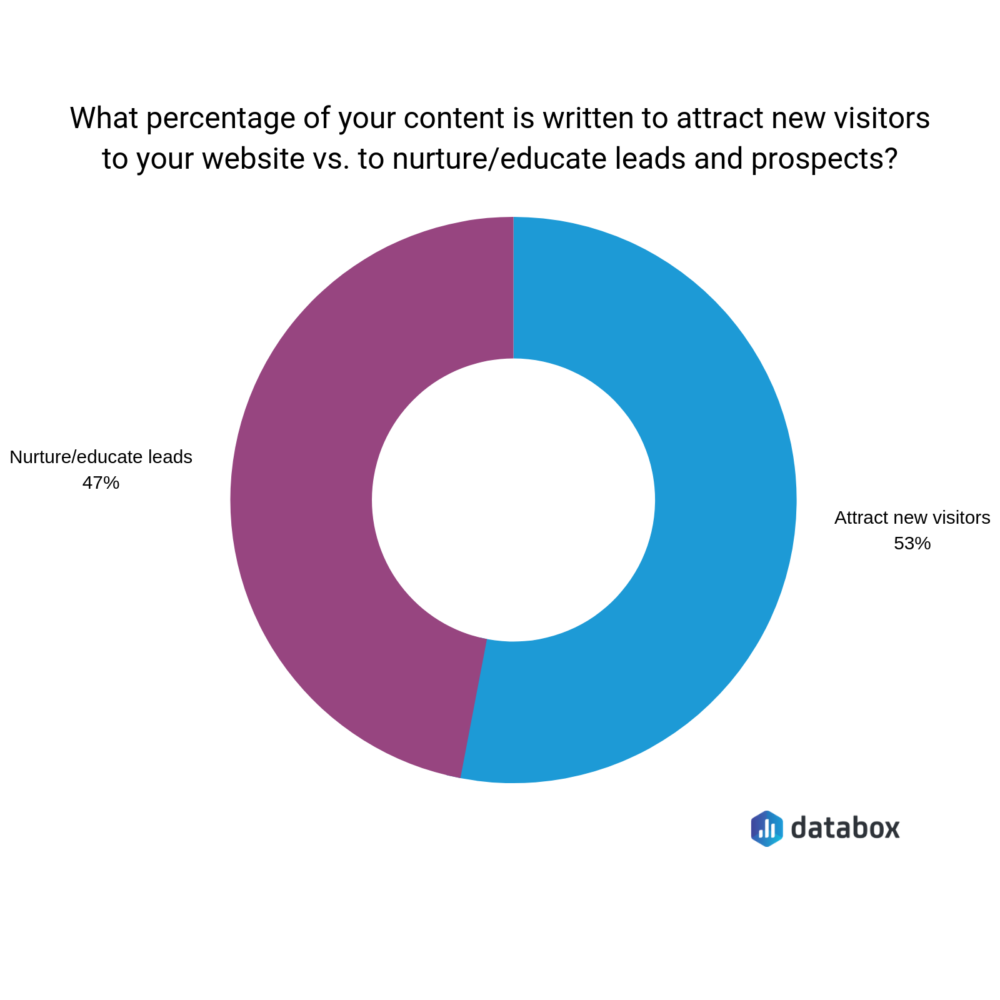



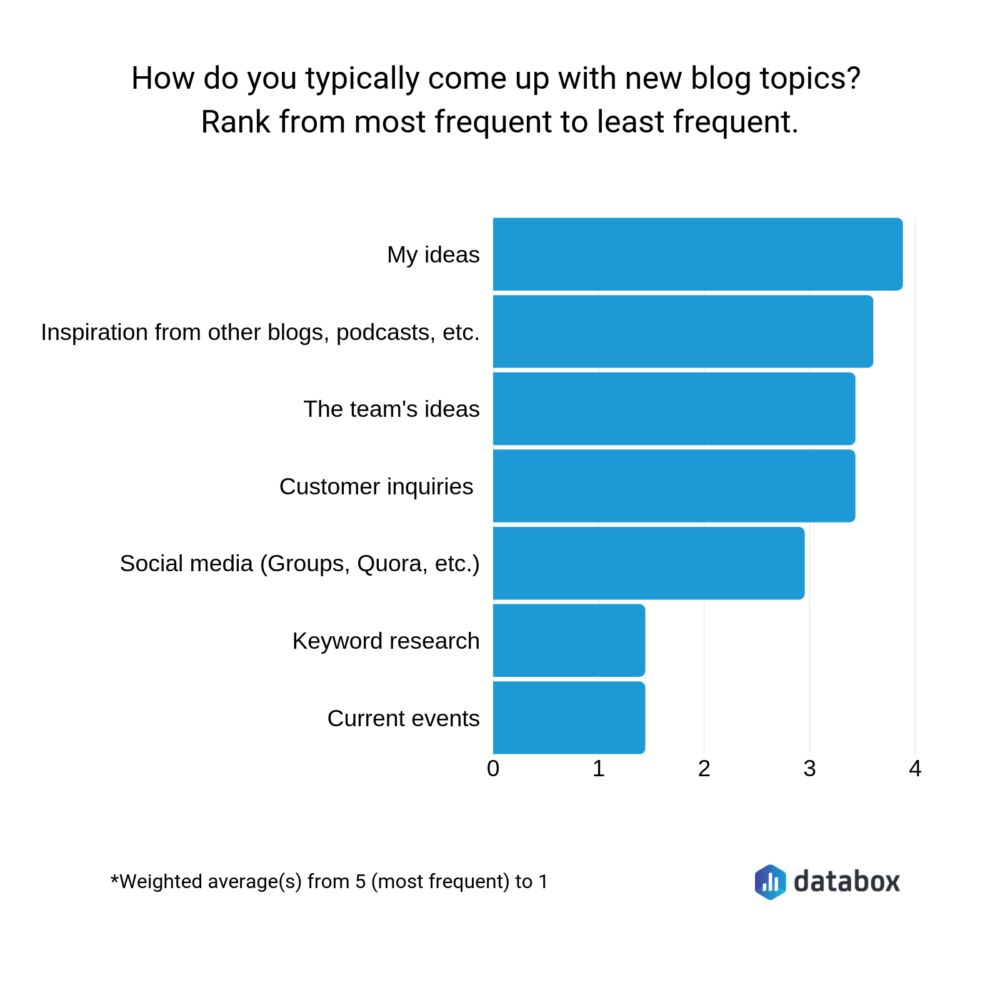
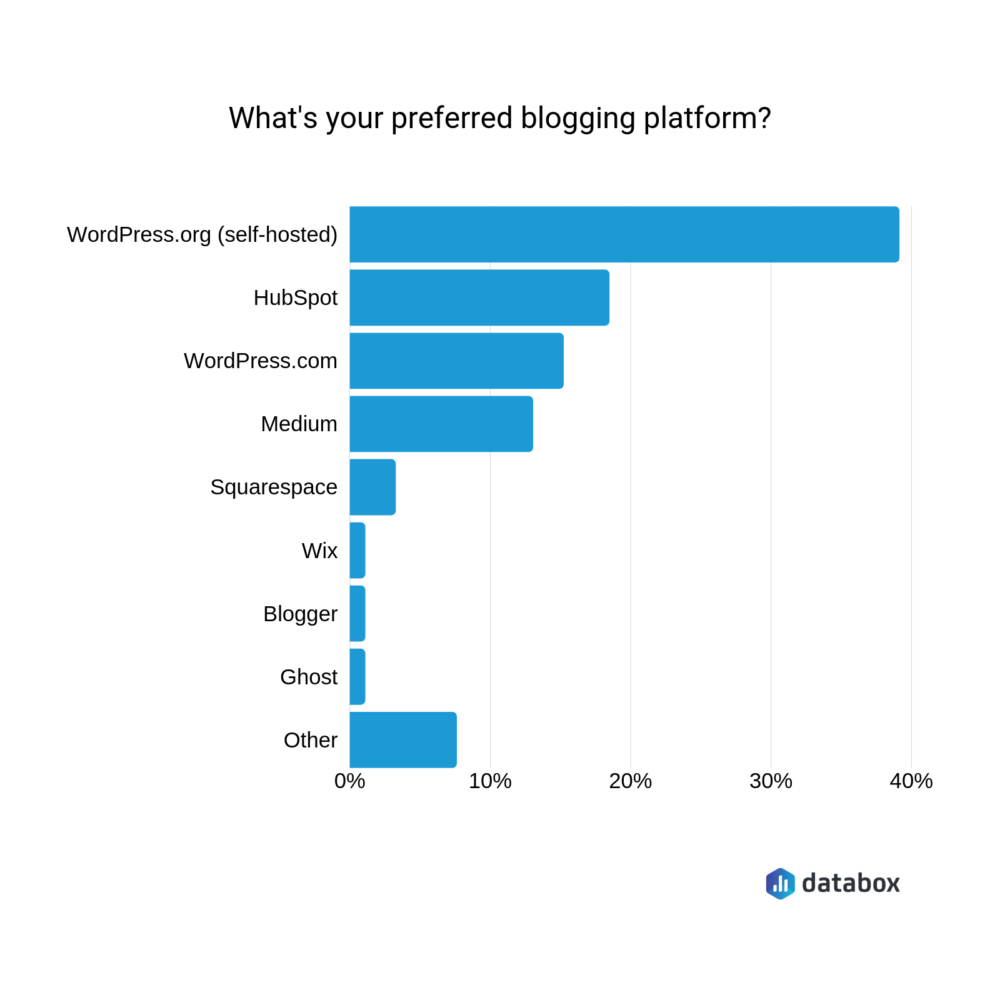
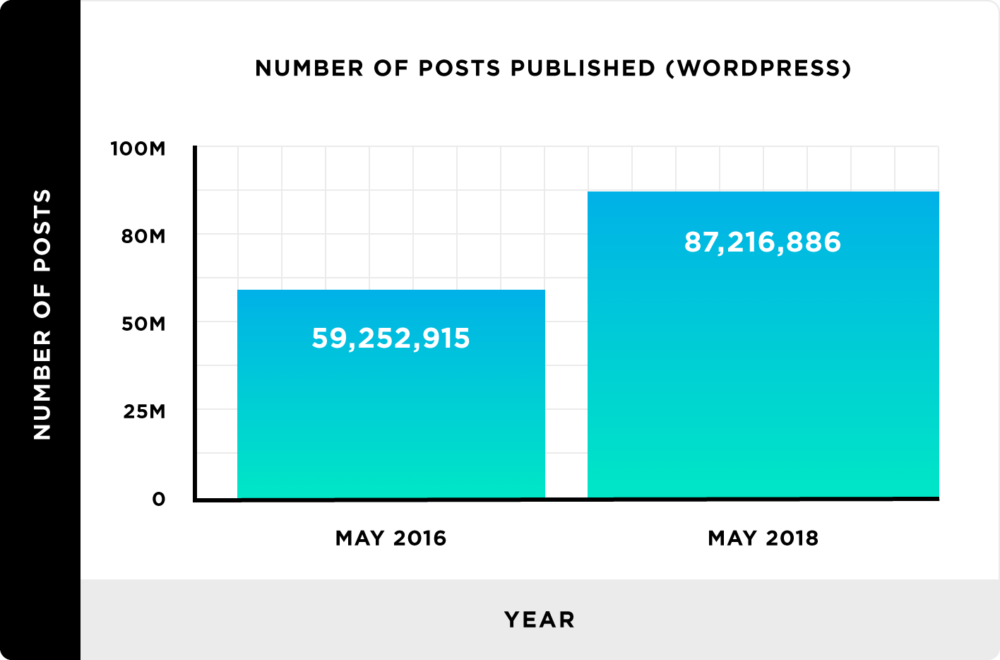
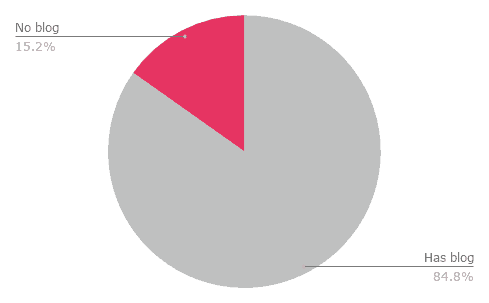
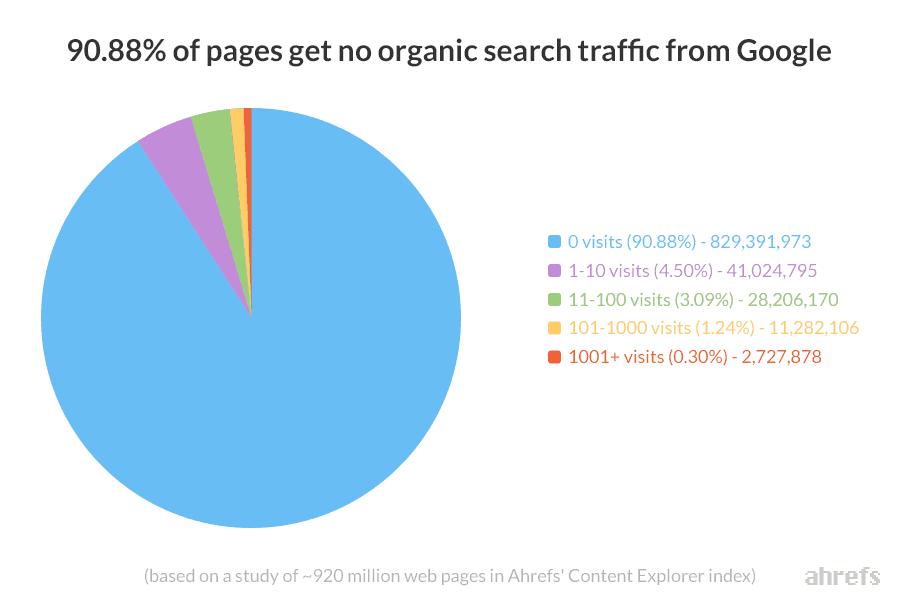
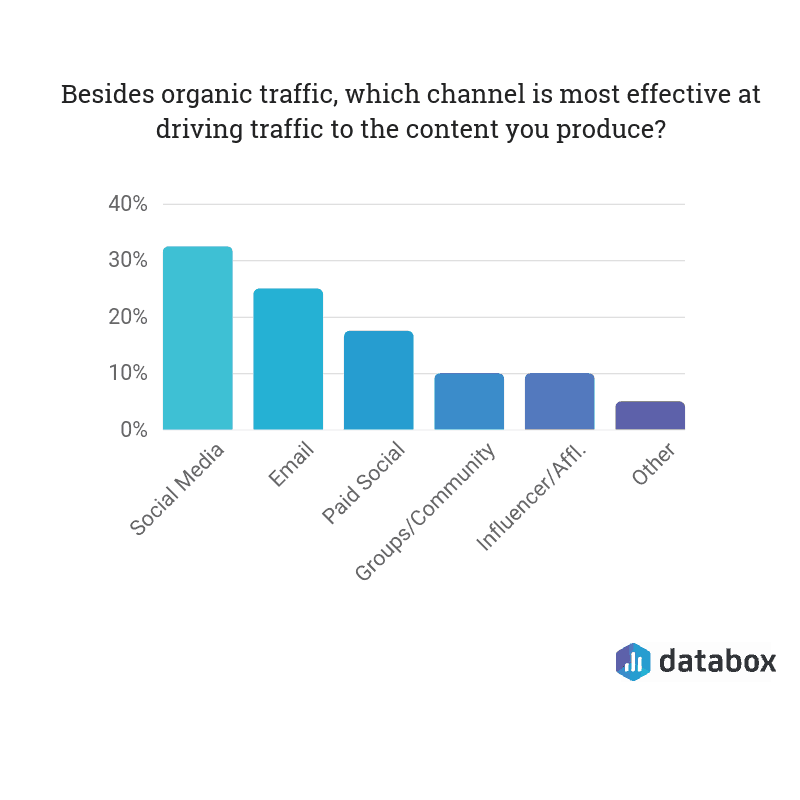

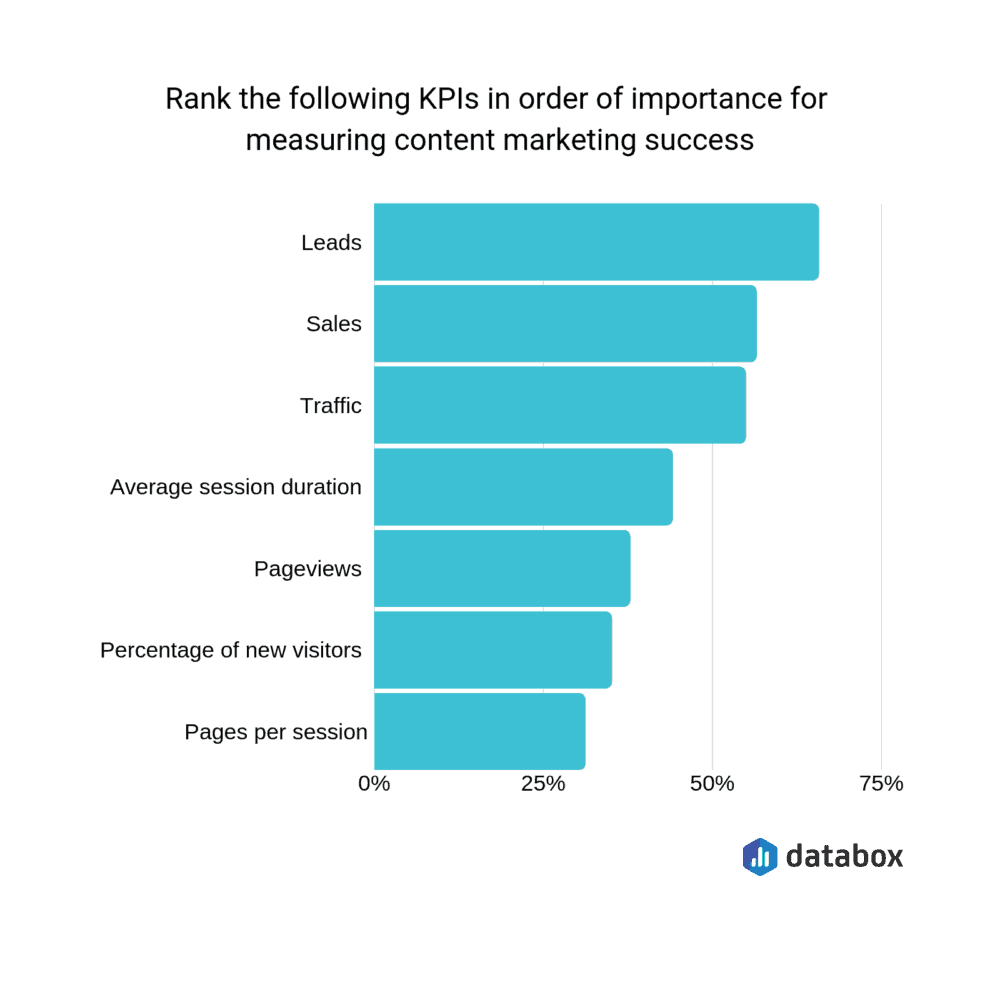
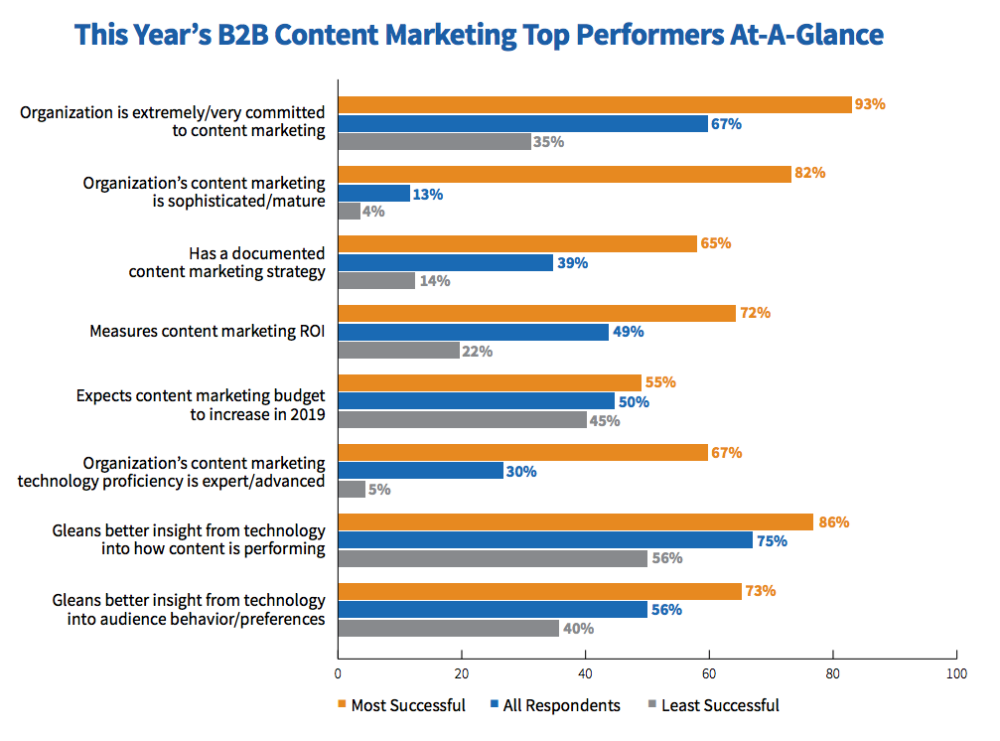
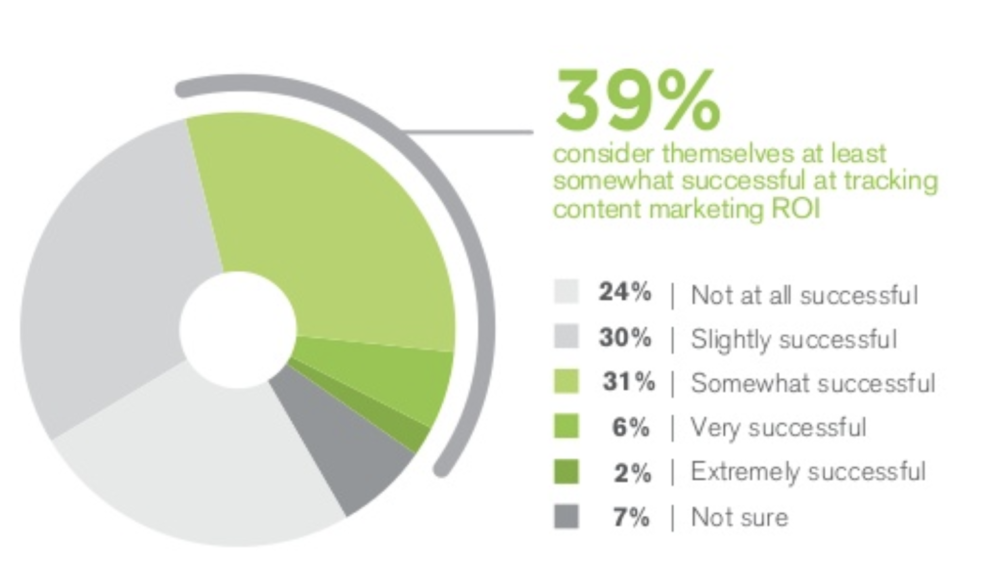
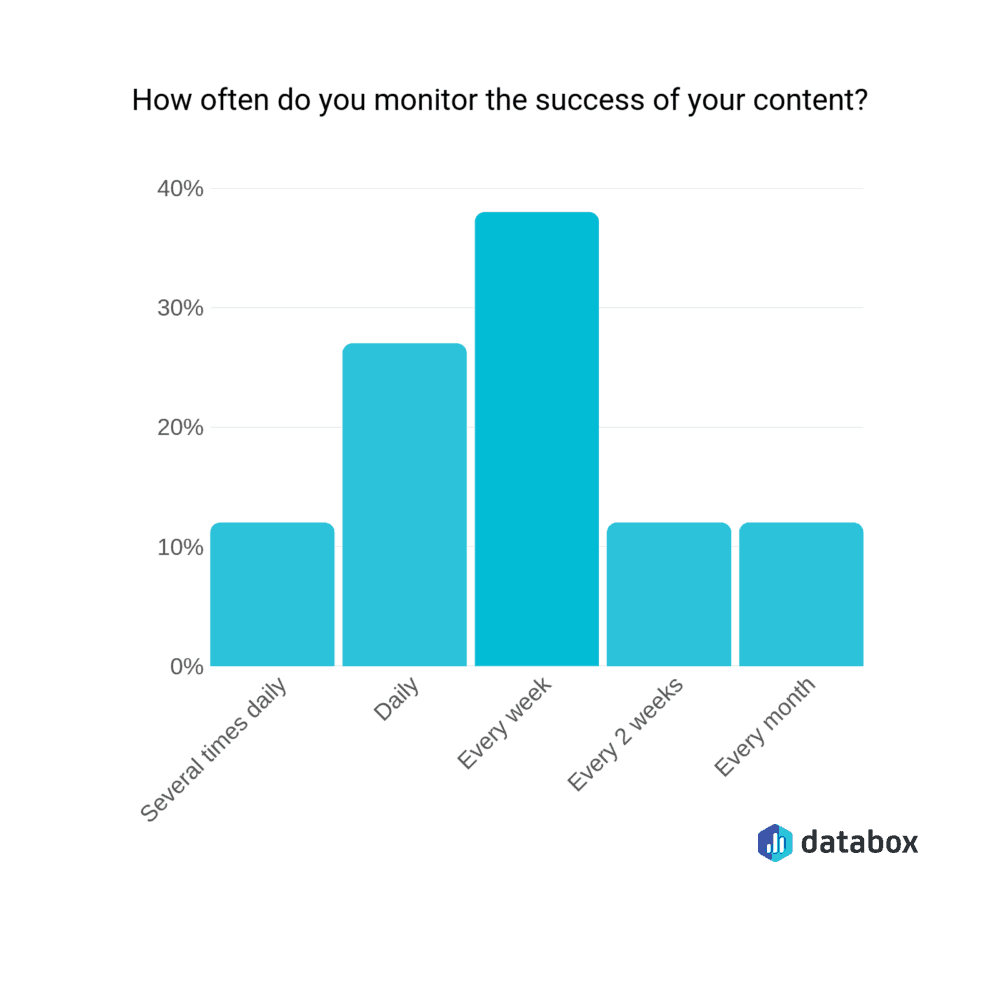


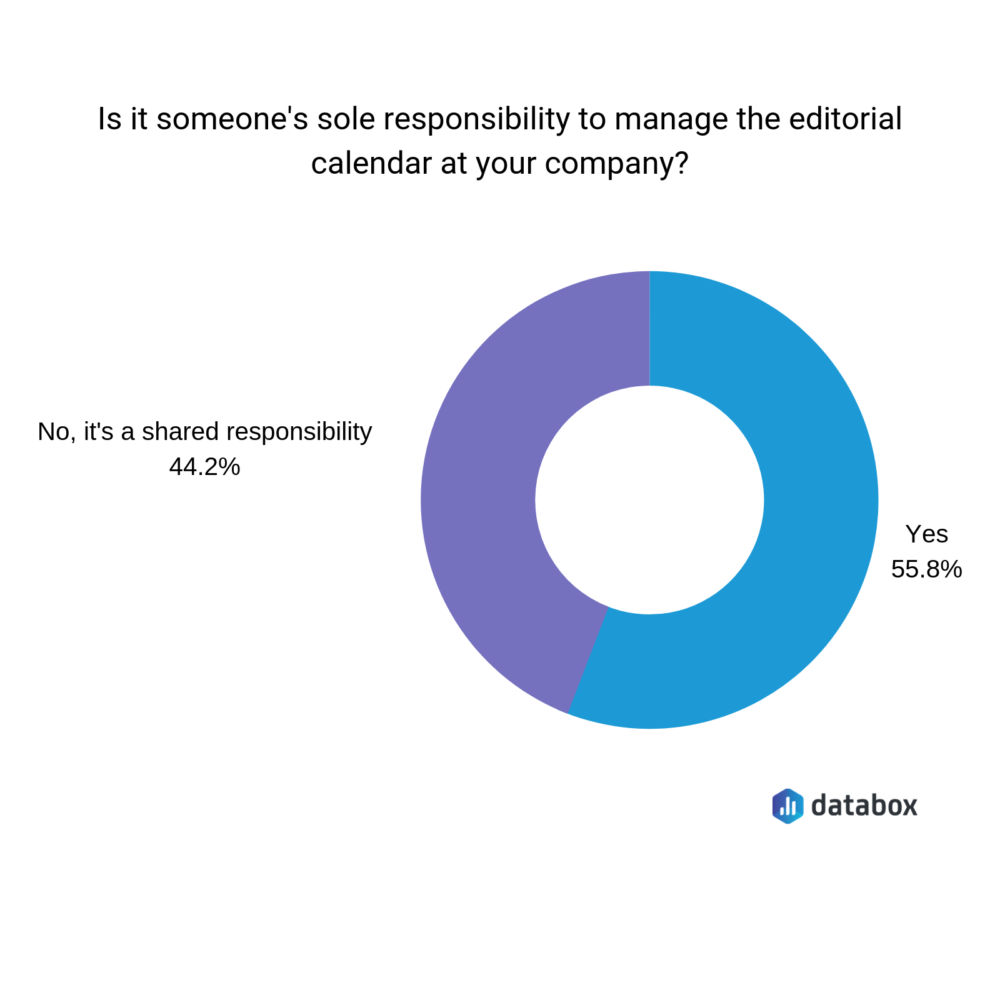
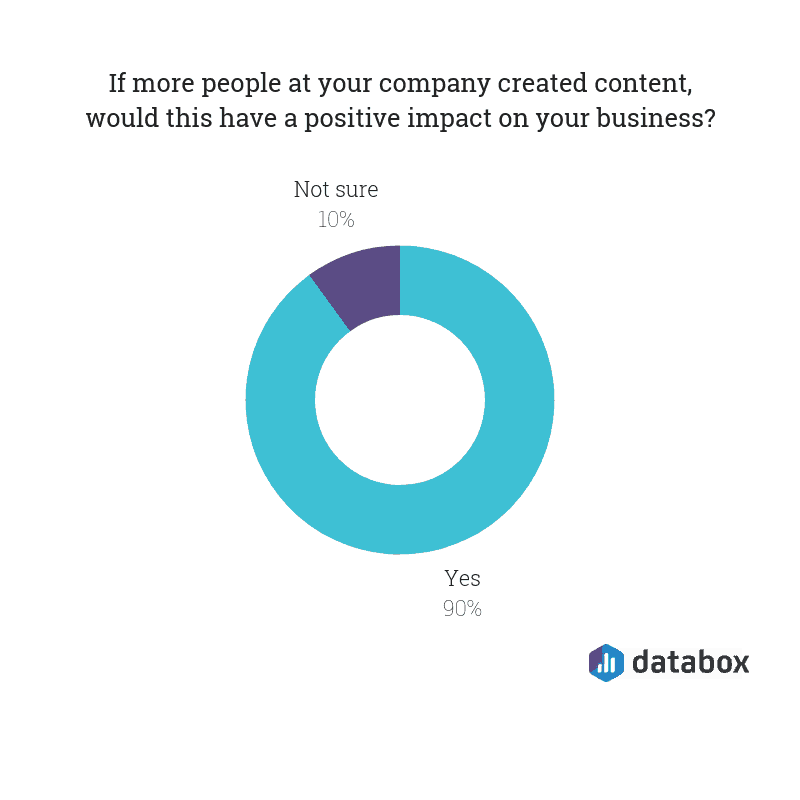
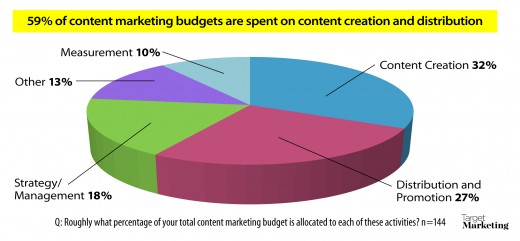
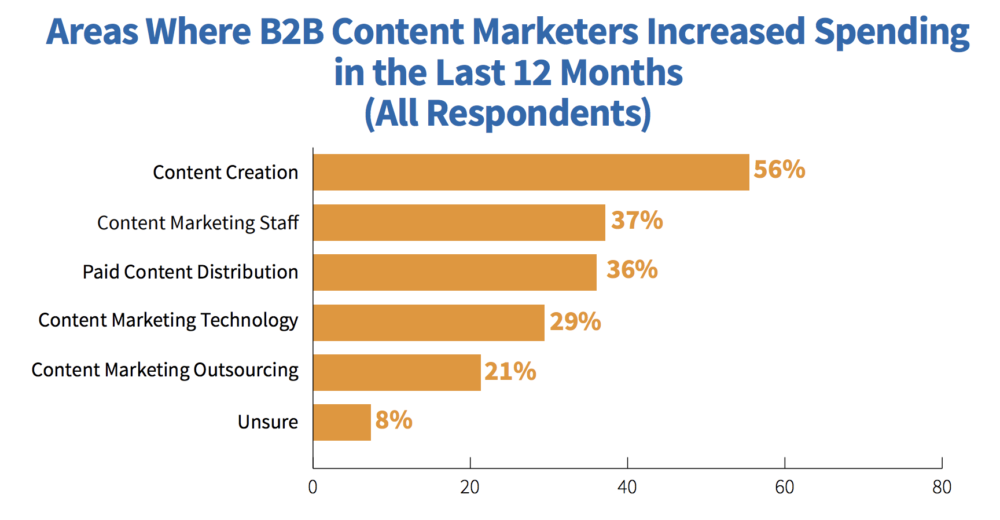

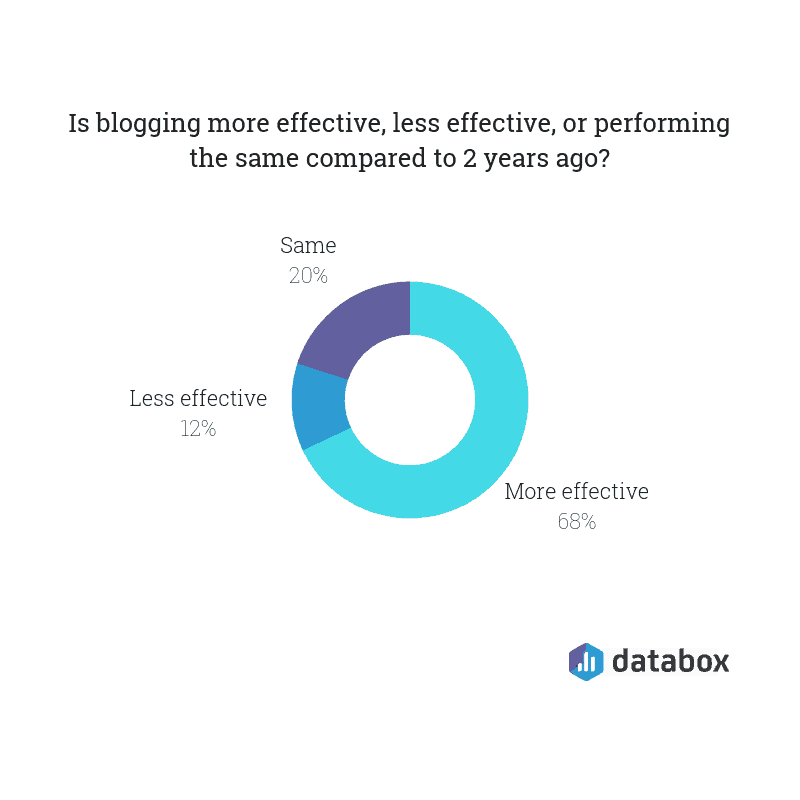
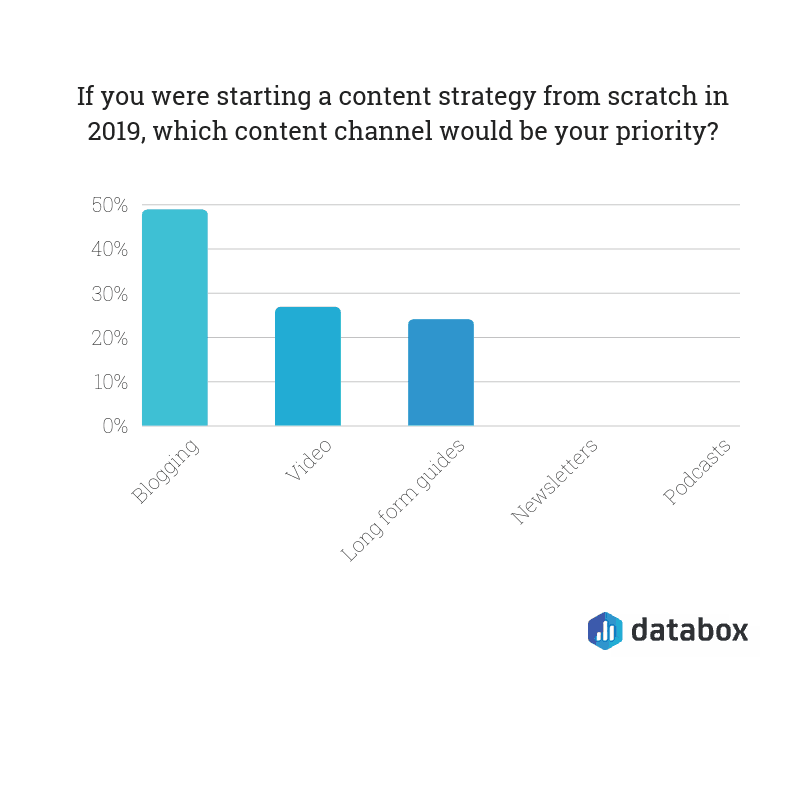




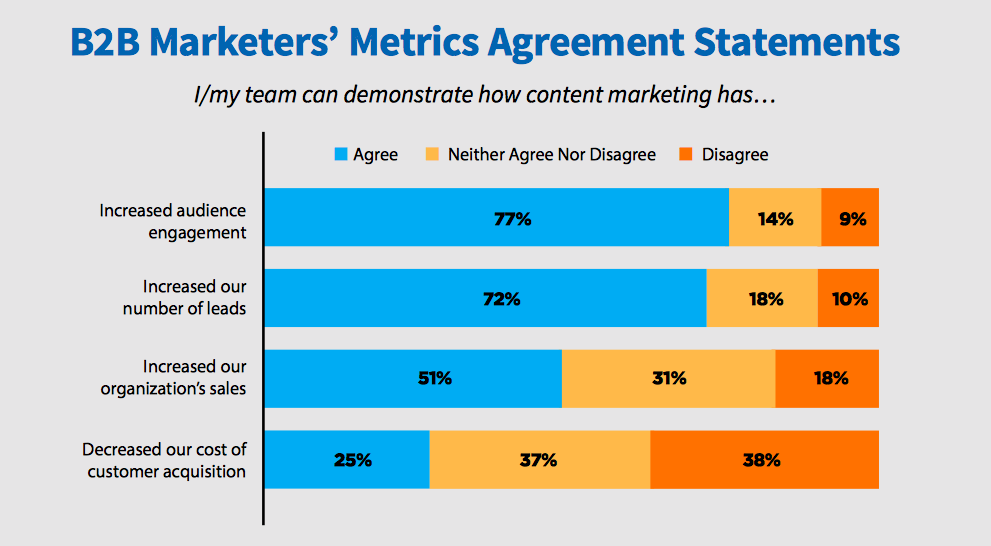
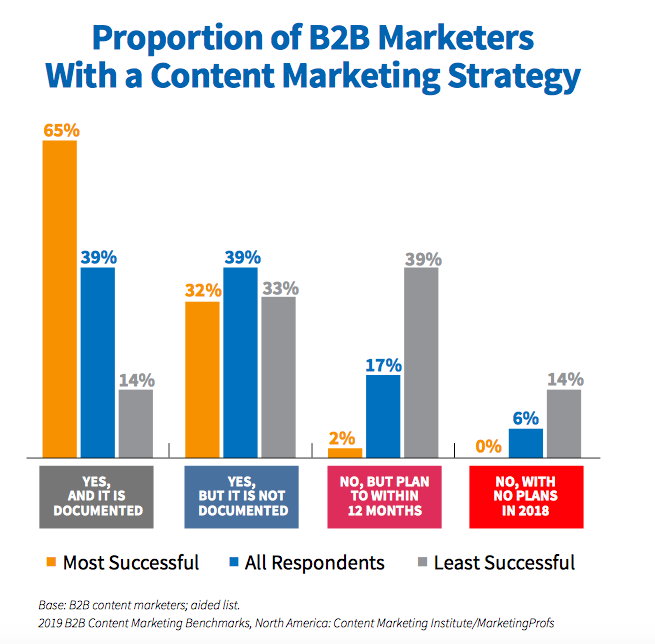

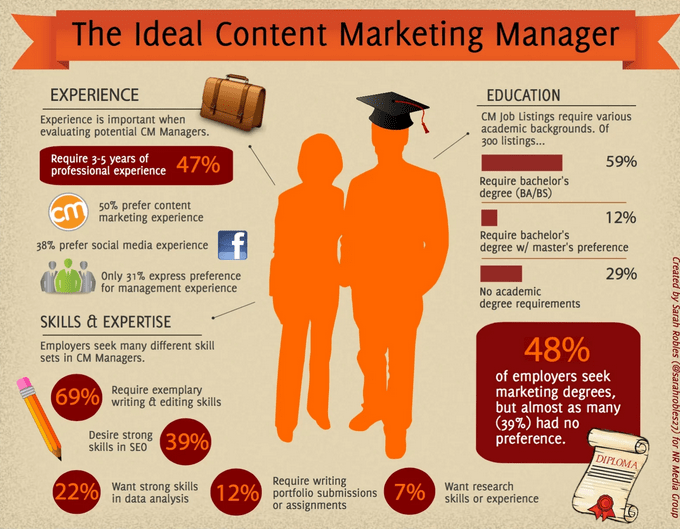






![How to Combine Outbound & Inbound Marketing [Examples & Ideas]](https://mediastreet.ie/wp-content/uploads/2019/05/farm1.png)

